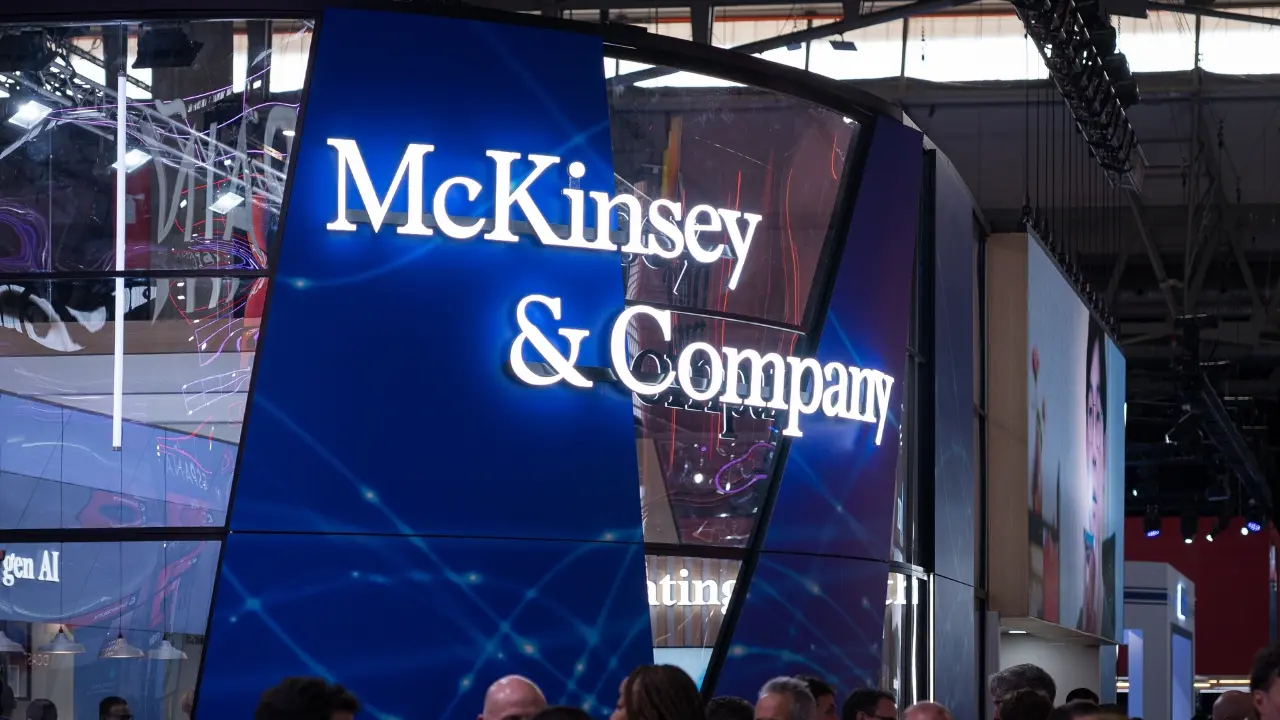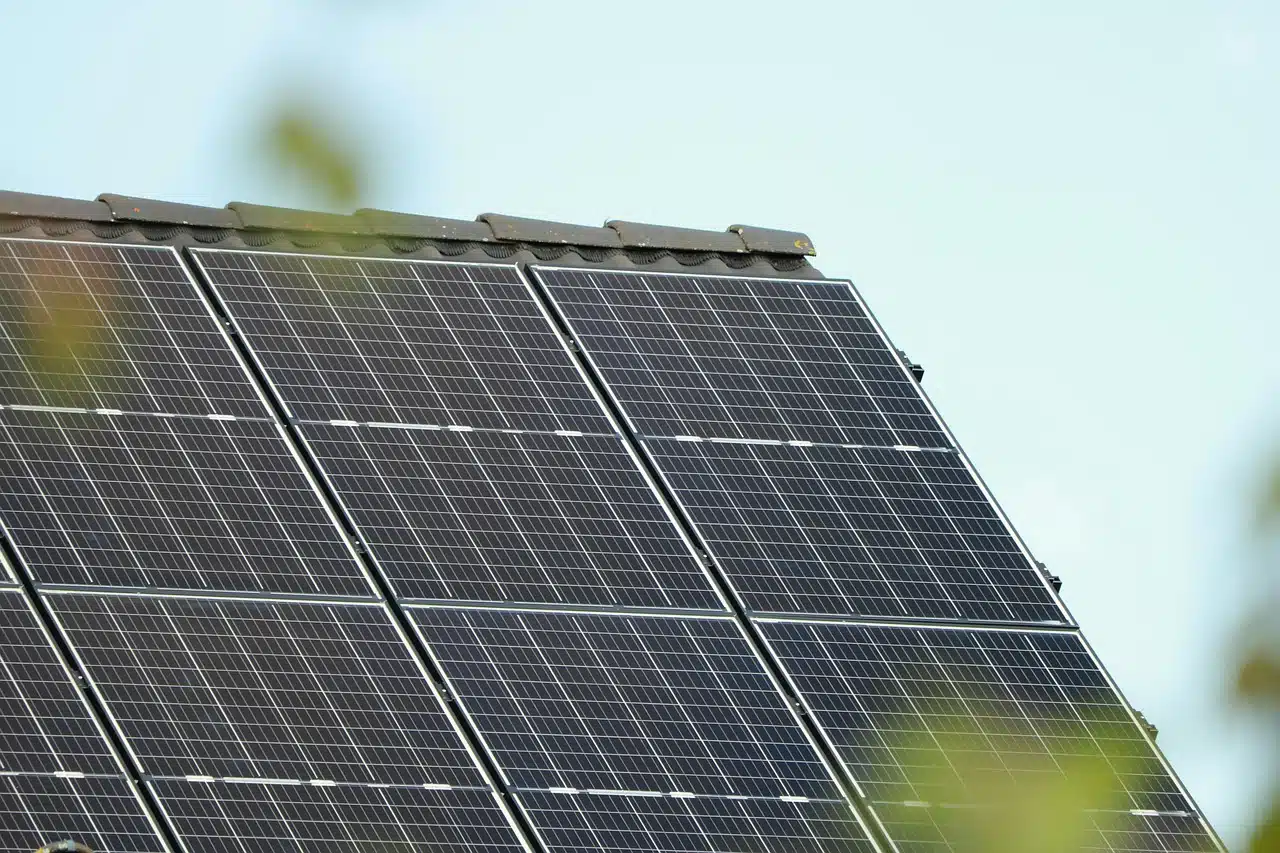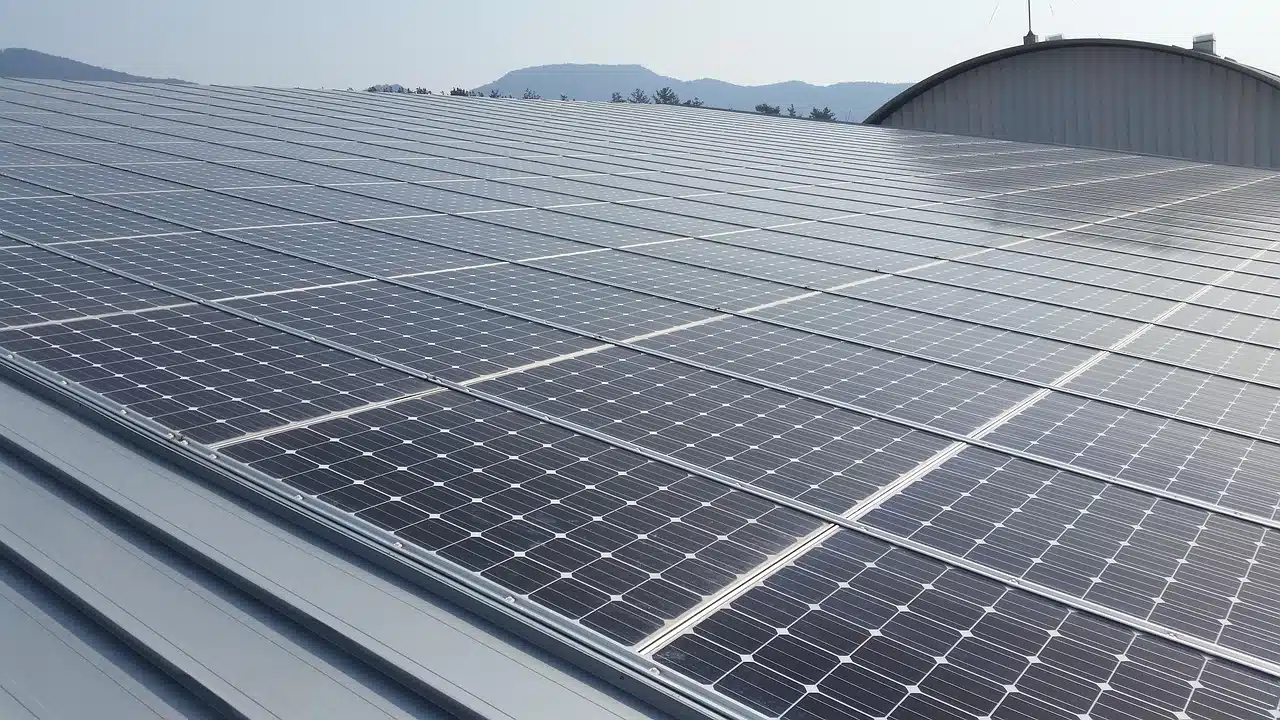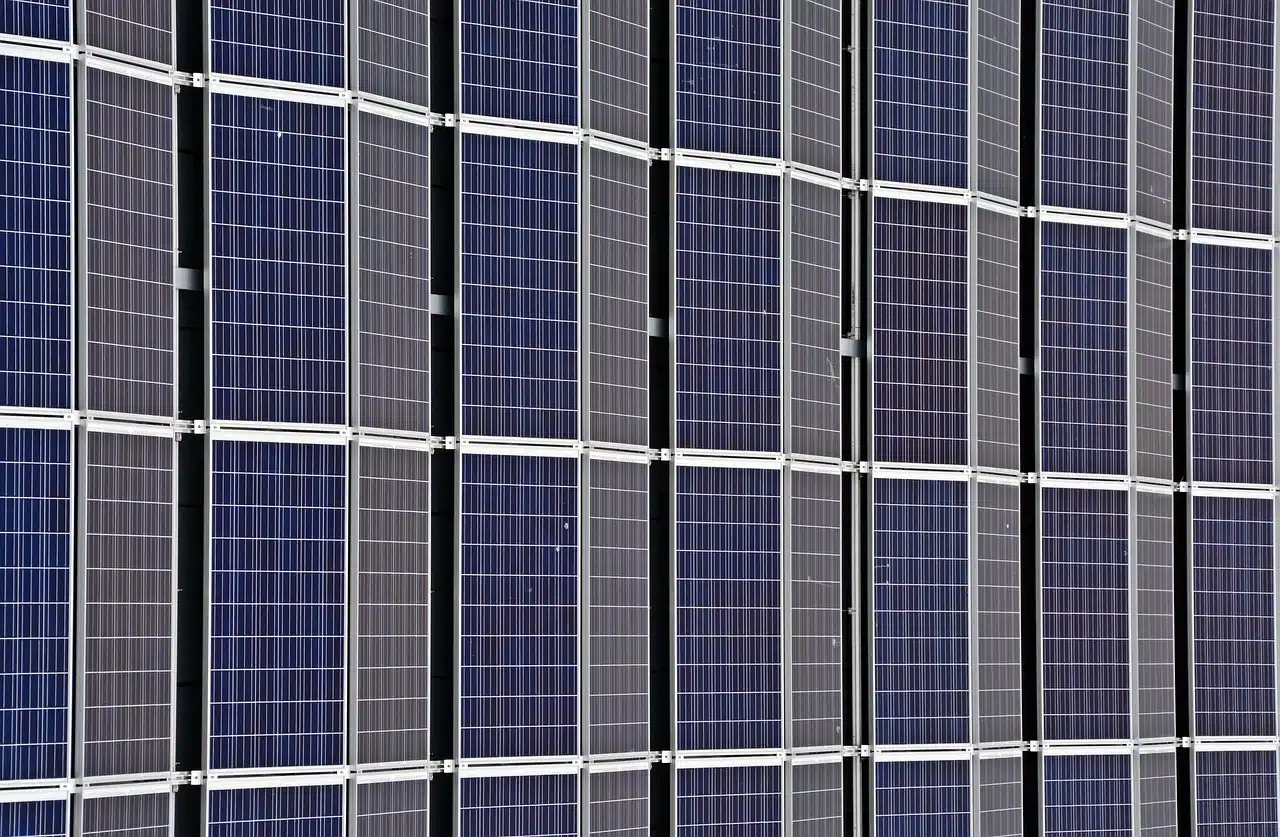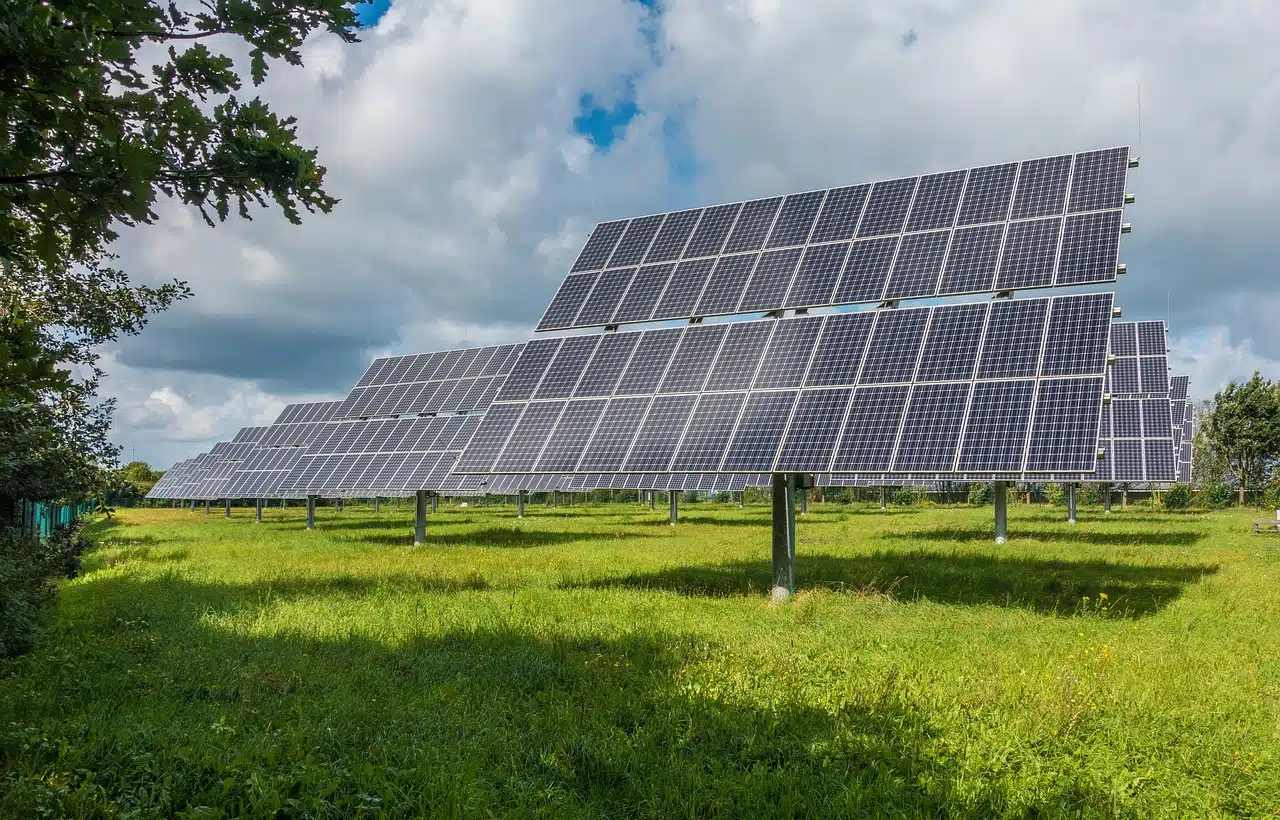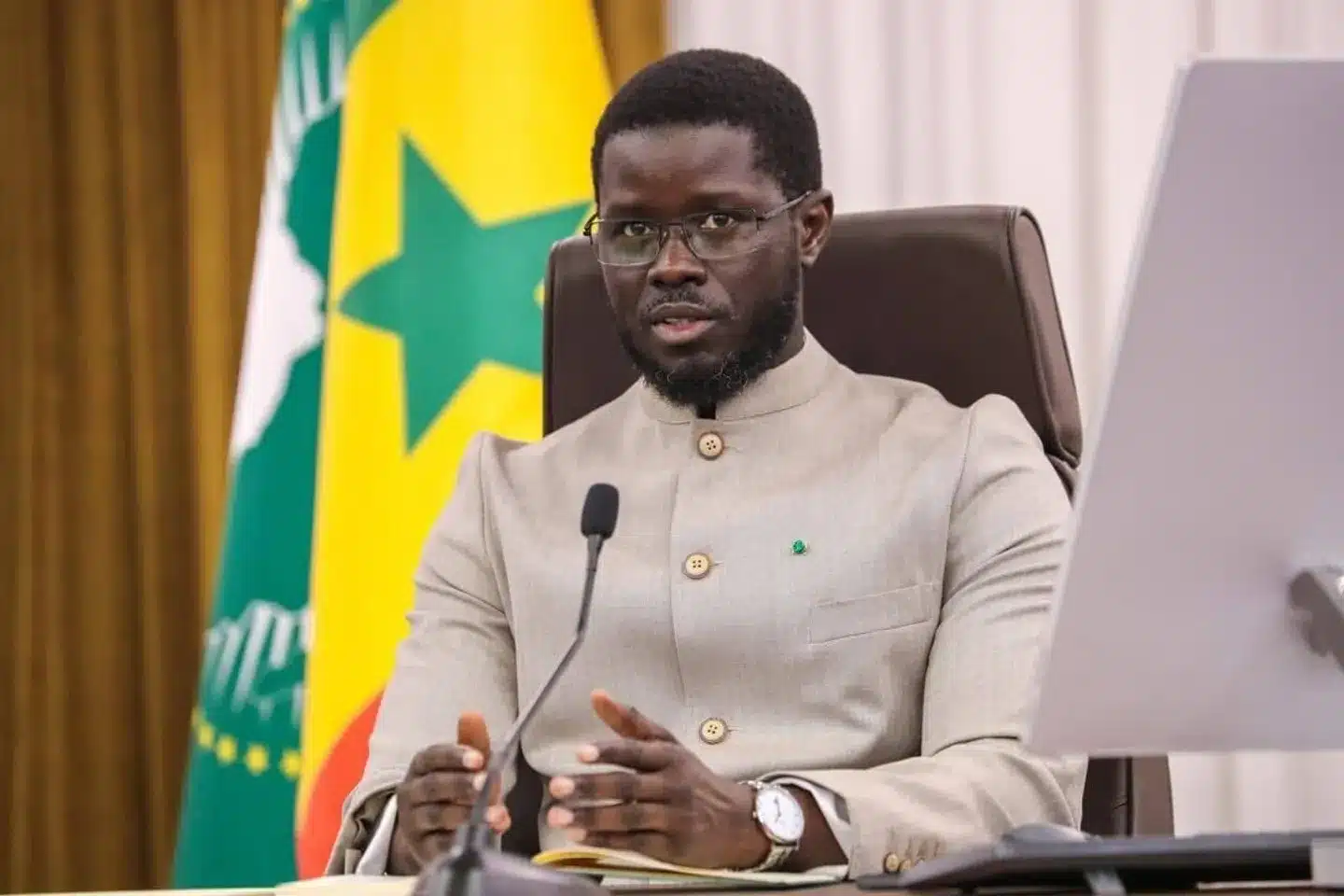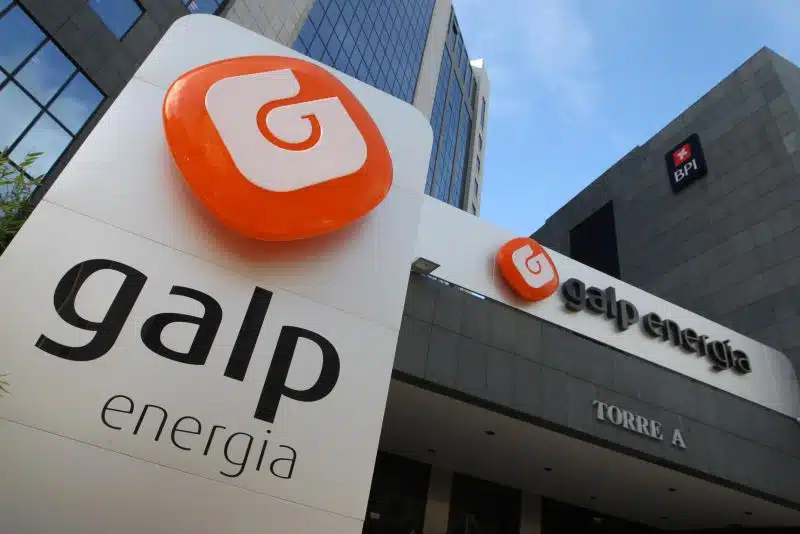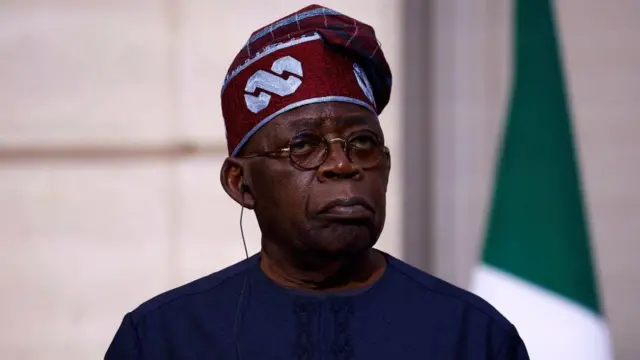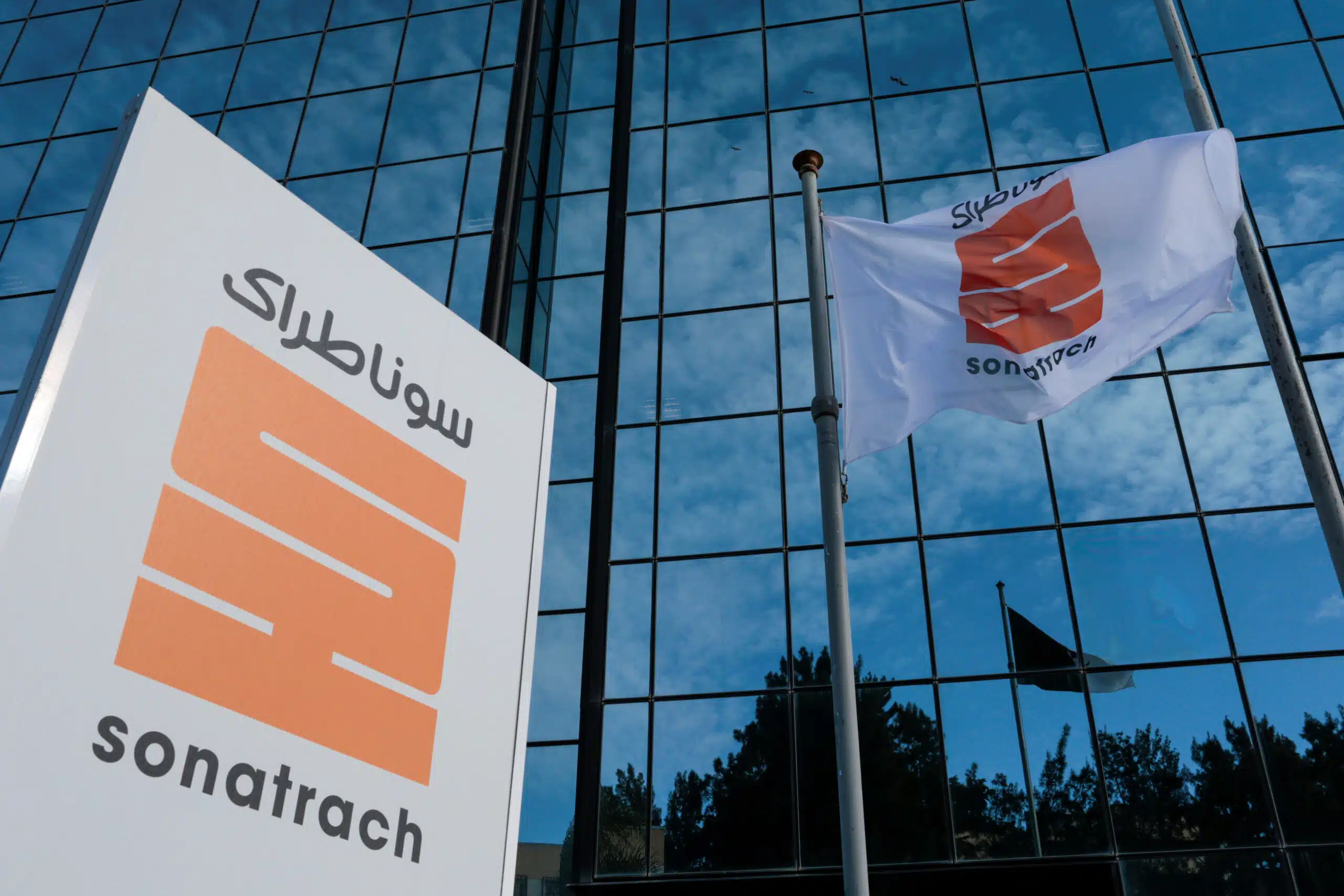Foreign direct investment (FDI) into sub-Saharan Africa reached $70 billion between 2022 and 2025, with the energy sector emerging as the dominant driver, according to a new report by McKinsey Global Institute.
The report highlights a significant shift in the region’s industrial landscape, with energy investments (particularly in coal, oil, and gas) leading the charge.
Renewable energy projects accounted for just 18% of the total, well below the global average of 39%.
Europe and the Middle East and North Africa (MENA) regions were the largest contributors, jointly responsible for over 65% of announced FDI into sub-Saharan Africa during the three-year period.
How each sector has performed
In terms of FDI flows into the region by fuel type, Mckinsey says fossil fuels (coal, oil, and gas) dominate energy FDI in the Sub-Saharan region by 51%, indicating a continued reliance on traditional energy sources.
This is high compared to the 37% increase in fossil fuel investment globally, which was still substantial nonetheless.
Renewables (excluding hydrogen) has witnessed an 18% increase in investment, though this is significantly lower than the global rate of 39%, suggesting slower adoption of solar, wind, and other clean technologies in the region.
At 39%, McKinsey says this is the largest share globally, reflecting a strong shift toward sustainable energy.
Meanwhile, a separate report by energy think tank, Ember, shows Africa’s solar imports increased by 60% in the one-year period between July 2024 to June 2025.
However, investment in hydrogen and other clean fuels recorded a surprise increase of 31% compared to 24% globally.
There is growing interest in emerging clean technologies globally, but the report shows it is less pronounced than Africa’s hydrogen-heavy profile.
The research institute attributes this largely to a single $34 billion hydrogen deal in Mauritania, though this project remains at the announcement stage.
Mauritania has been witnessing a growing inflow of green energy investments in recent years, thanks to its huge renewable potential.
In September, leading green hydrogen developer Hynfra signed a framework agreement for an integrated large-scale green ammonia project valued at $1.5 billion in Nouakchott.
What this means for Africa’s energy future
Sub-Saharan Africa is clearly on the radar of global investors, drawing $70 billion in energy-focused FDI between 2022 and 2025.
But beneath the headline figures lies a more complex story.
The region’s energy investment profile remains heavily skewed toward fossil fuels, diverging sharply from the global trend that increasingly favours renewables.
One of the most eye-catching deals in this period is the $34 billion hydrogen project in Mauritania, which alone accounts for nearly 15% of total announced FDI.
Yet, despite its scale, the project has not moved beyond the announcement stage, raising concerns about its viability and inflating the region’s apparent commitment to clean fuels.
Meanwhile, renewables excluding hydrogen make up just 18% of Sub-Saharan Africa’s energy FDI—less than half the global average of 39%.
This disparity indicates persistent challenges like limited infrastructure, regulatory uncertainty, and hesitant investor sentiment toward green energy projects.
These concerns were further amplified when Germany’s largest utility, RWE, recently pulled out of a $10 billion hydrogen venture in Namibia.
The company cited misalignment with its project timelines and market readiness, dealing a blow to Namibia’s ambitions of becoming a global hub for green hydrogen and ammonia production.
Taken together, the McKinsey Global Institute’s findings suggest that while international interest in Africa’s energy potential is rising, the continent’s transition to cleaner energy sources remains fragile and uneven.

